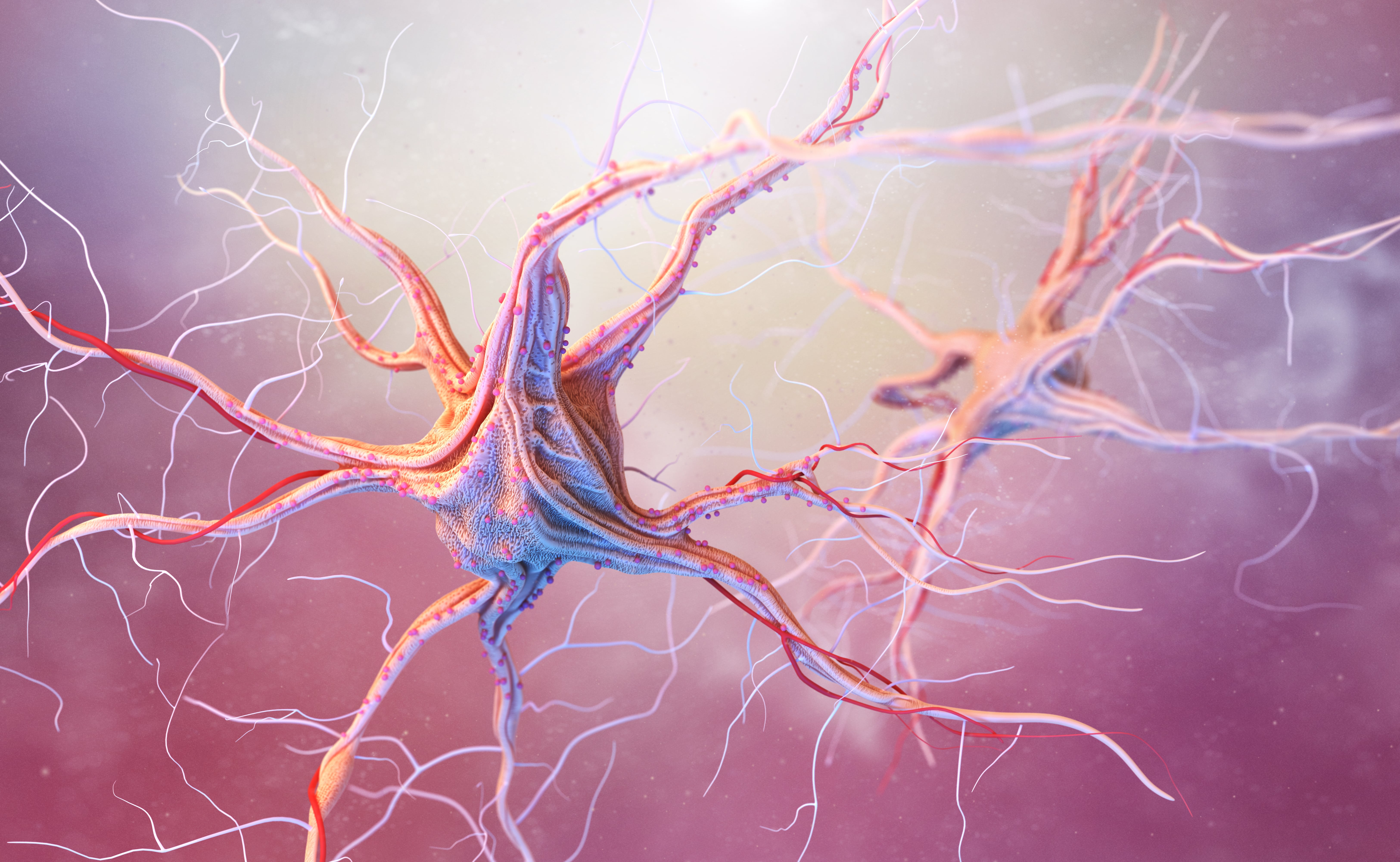Pain Awareness Month: Common Conditions and Treatments to Know

September is Pain Awareness Month from the American Chronic Pain Association. So this Pain Awareness Month, we want to share insight into the devastating condition and explore the most common conditions and treatments of chronic pain.
Are you one of the 76 million Americans living with chronic pain? If so, you are probably wondering if you will ever be able to find the right treatment.
This is a question many have, and the answer varies for each person. Pain comes from so many different sources in the body. However, a pain doctor can help you learn the different types of pain, and possible treatment options.
What Is Pain Awareness Month?
The goal of Pain Awareness Month is to raise public awareness of pain and pain management.
Pain management can be a difficult subject, which is why this Pain Awareness Month, all of us at Comprehensive Pain Management Center are striving to help inform the public of chronic pain.
Since everyone responds to pain differently, your doctor will need to help you create a personalized plan directed towards you.
The right pain doctor can evaluate your specific issues and form a diagnosis. From there, the two of you can create a treatment plan for management of your pain.
One of the first steps your doctor may take is determining if your pain is acute or chronic.
Acute Pain Vs Chronic Pain
Pain can be a good thing. It is like a defense mechanism, telling us what to stay away from, like a hot stove that can burn us if we touch it. Pain tells you what not to do to avoid being harmed.
Most of the time, pain is the result of an injury and is acute.
Stubbing your toe, hitting your head, or jamming your finger are examples of minor injury related pains. Breaking bones and damaging nerves can lead to deeper pain. However, once the injury heals, the pain usually subsides.
There are other times when the pain does not go away and becomes chronic. When you have chronic pain, your body is processing pain messages differently because your nervous system has altered how you perceive pain. It makes you much more sensitive to pain.
Sometimes even just a small bump or prick can feel unbearable.
Working with a pain doctor can help.
Below are some of the most common pain conditions and the treatments available to help ease your pain.
1. Back Pain
According to reports, lower back pain is the leading cause of disability worldwide. Back pain can affect your range of motion and can radiate pain upward and even down your arms and legs.
You may even feel other symptoms like tingling and numbness.
Treatment Options
Pain doctors are offering promising treatments to help patients with lower back pain. Sometimes pain treatment includes medicine and physical therapy.
Other times a patient may require steroid injections, spinal fusions, or surgery to remove damaged tissues.
Alternative treatments are great supplements to traditional methods. These may include yoga, massage therapy, acupuncture or acupressure.
If you’re suffering from back pain, contact us today to learn about the different treatment options you have.
2. Headaches
Everyone gets a headache occasionally. Some people can take aspirin and relieve their headache pain. Others, however, are unable to get rid of their headaches despite trying multiple treatments.
Headaches can be caused by many factors, from the eyes to neck or back tension to more serious injuries or dysfunctions. They are categorized as being either tension, migraine or cluster headaches.
Migraines effect one in seven people, according to the World Health Organization, with most sufferers between the ages of 35 and 45.
Pain management doctors can work with you to figure out the root source of your headaches. Then, they can begin a treatment plan to heal the source which will then alleviate the pain from the headaches.
Treatment Options
Treatment options used successfully by pain doctors include abortive and preventative therapies. The goal of abortive therapies for headaches is to stop the pain caused by the headache. Medicines such as ibuprofen, aspirin, oxygen, triptans and opiates can be one source of relief.
Other techniques may involve the use of steroids or lidocaine.
Preventative therapies help to decrease the number of headaches you have, as well as the pain and disability that appear with your headaches. Your pain doctor may prescribe anti-seizure medication, antidepressants, and even Botox to manage your headaches more effectively.
3. Joint Pain
If you have had an injury, infection or are just experiencing signs of aging, chronic joint pain can make it difficult to function. Ordinary daily tasks can feel excruciating.
Arthritis is the most common type of joint pain experienced by Americans, with some reports showing one out of every two people have some form of arthritis.
These can include osteoarthritis, rheumatoid arthritis, bursitis, and tendinitis.
Treatment Options
Treatment options for pains associated with the joints can range from exercise to steroid injections. Medial branch blocks have shown to reduce inflammation among patients. If severe and persistent for lengthy periods, replacing the joints may be a viable option.
4. Nerve Pain
When a nerve is damaged, it can be very painful. There are many reasons for nerve pain. Your nerve may have been compressed, as with sciatica, and can send shooting pains down your legs. Or, you may have pain due to repetitive motions, like with carpal tunnel syndrome.
Treatment Options
In some cases, medications can break down the myelin sheath. Meaning, your nerves are no longer protected, leaving them exposed to elements that can cause pain.
Specialized treatments for nerve pain can range from taking anti-inflammatory drugs to electrical stimulation to trigger point injections. Some patients find relief with infusion techniques, while others prefer disc decompression.
The Importance of a Pain Management Doctor
You and your pain doctor, after a comprehensive exam, will develop the right treatment plan for your pain. Treatment can include both holistic and traditional methods, incorporating several techniques to address your nerve pain.
Pain can interfere with your daily activities, and even relationships. It can make it hard for you to complete ordinary tasks at work and home.
You deserve to live a life that is pain free, or at least manageable so you can live a quality lifestyle. Don’t wait any longer to choose a pain doctor who can help you with your pain.
This Pain Awareness Month, look for a doctor who listens to you, and assesses your situation using many tools and techniques to get a good overall evaluation.
A good pain doctor is one who teaches you why you are in pain rather than just giving you a prescription. It’s important for you to understand your body, why it is experiencing pain, and what you can do to make the situation better.
Together, you and your pain doctor can help you reach success in coping with your pain.



